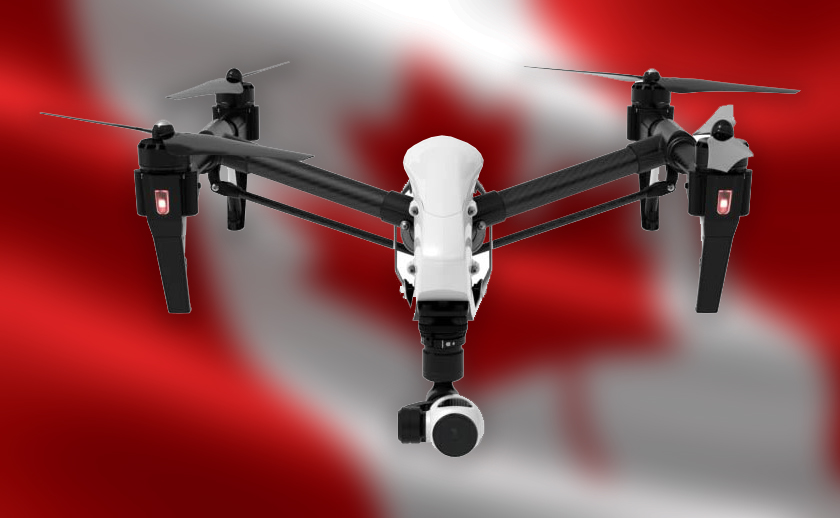With the rise of UAV popularity also comes the rise of those who want to use them. With prices ranging from a couple of hundred to many thousands of dollars, UAVs are accessible to even the most casual of hobbyists. They make for hours of enjoyment in the great outdoors and are excellent for a number of commercial purposes as well, such as land surveying, real estate marketing and virtual tours. However, with the rise of the UAV comes the rise of accidents with the UAV, which has spurred regulations, rules and guidelines to follow when operating a UAV. Here are a few of the most important things you need to know before you fly a UAV in Canada.
Follow the CARs
The CARs, or Canadian Aviation Regulations, apply to any and all UAVs, including those used by the general public. You can read more about them here. The mos important thing the regulations explain is if you will need a permit to fly your UAV. In many cases, you do not, but if you’re operating commercially (being paid), you’ll need to
apply and be approved for a Special Flight Operations Certificate (SFOC). Generally, any drone under 35kg doesn’t need a permit, but you can check the chart to see if yours might be exempt. Be certain that you are flying within the CARs, as the fine can be as high as $25,000 if you are caught flying a UAV in a restricted location without a permit
when required.
Fly Safely
In addition to the CAR regulations, Transport Canada has guidelines that must be followed when a UAV is being operated. For example, all drones must yield to manned vehicles and may only be flown during daylight hours. Depending on the size of your craft, you’ll need to stay up to 150 meters away from people, buildings and vehicles. In
fact, without an specific SFOC in place, users are not allowed to fly UAVs anywhere near a city, which Transport Canada terms as a “built-up area”. Check the CARs link above to learn more about these flying safely guidelines.
What if I want to make money with my UAV?
Using a UAV for profit has the same regulations and guidelines that flying a personal UAV has, but there are much more rigid regulations. You must carry insurance in case of damage to any person or property while operating your UAV for a client. Along with a detailed SFOC, Transport Canada mandates that any commercial UAV use must be
covered with a minimum $100,000 3rd party liability insurance. The primary importance when applying for an SFOC is to explain and establish that you will not be putting property or the public in harm’s way.
Whether you’re just a casual flyer or you want to start operating a UAV for profit, it’s important to make sure that you fly safely at all times, acquire the proper permits and consider Transport Canada’s rules and regulations carefully. After that – have fun!

